Once you’ve arrived in the Lanyang Plains, you can’t help but sense the harmony between land and sea. We’ve created an exhibition space designed to showcase the unique topography of Yilan, including the Lanyang Mountains, the plains, and the ocean. It serves as a metaphor for the residents of Yilan that reflects their values and experiences, which especially focus on the interactive encounter with the natural environment.
Each module of the permanent Yilan exhibition is set up so that each floor represents a different sea level elevation. The exhibition is spread out over four floors: The Mountains (Floor 4), the Plains (Floor 3), the Sea (Floor 2), and a Time Gallery(Floor 1). The exhibition centers on annual rainfall, introducing the natural resources and human development in Yilan to provide visitors with an expansive, and imaginative space.
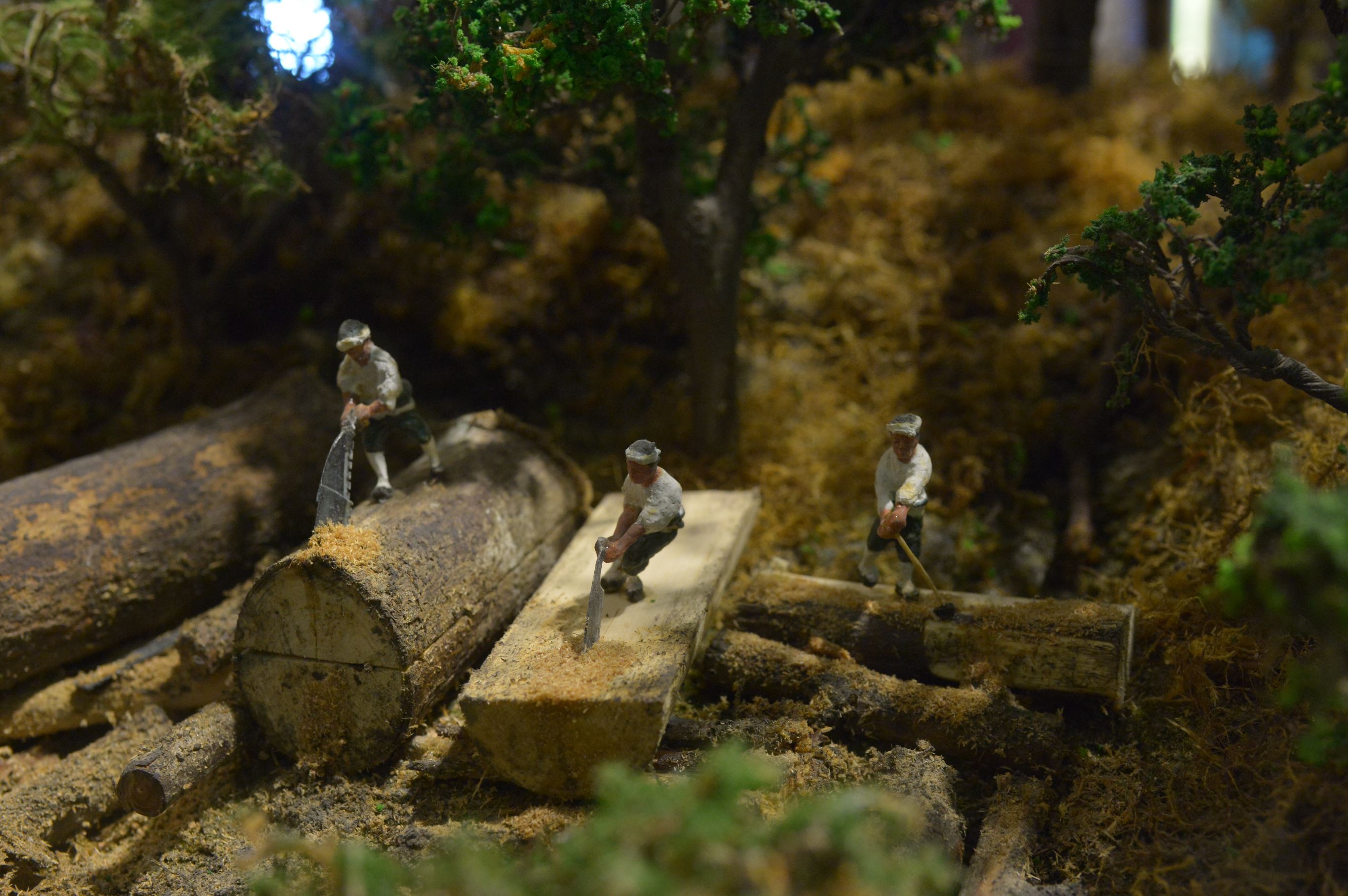
The Mountains
Yilan’s rainy climate and mountainous terrain create a “misty forest,” allowing thoughts to flow freely. The humid Sihyuan Saddle is famous for its diverse species. The giant cypress trees, and the Taiwanese Beech deposited along the ridgeline by glaciers. When combined with Taiwan Sassafras, the Wide-Tailed Phoenix Butterfly, and the mountain lakes, you can really get a sense of Yilan’s biodiversity.
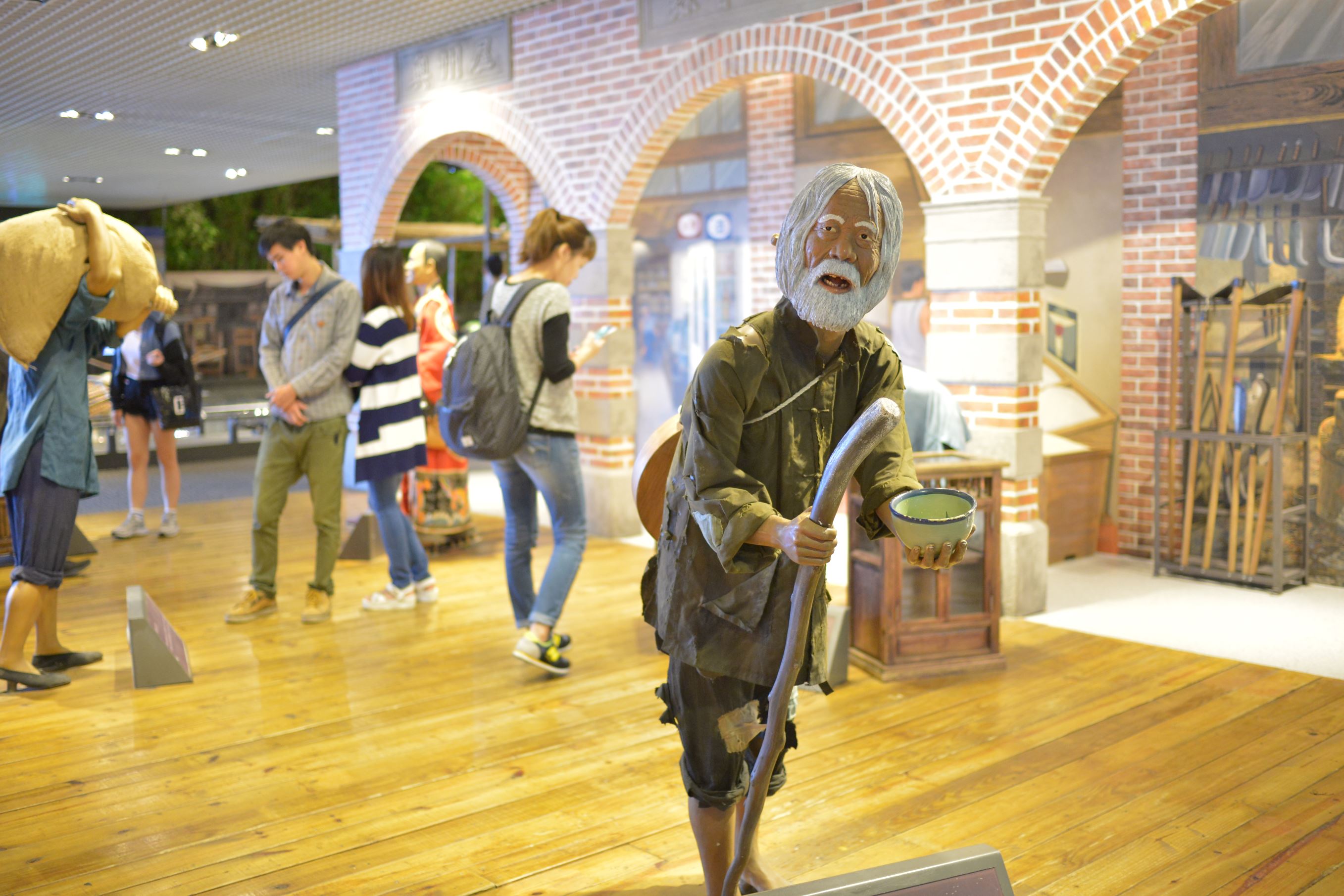
The Plains
Rivers and water are a part of life in the Yilan Plains. The focal point of the plains exhibition is the rush of the rivers that drive the economy, society, and lifestyle of the plains as well as the wisdom of agricultural families who have learned to co-exist with the water. The residents of Yilan have dedicated themselves to environmental protection in a renewed effort to live in harmony with nature.
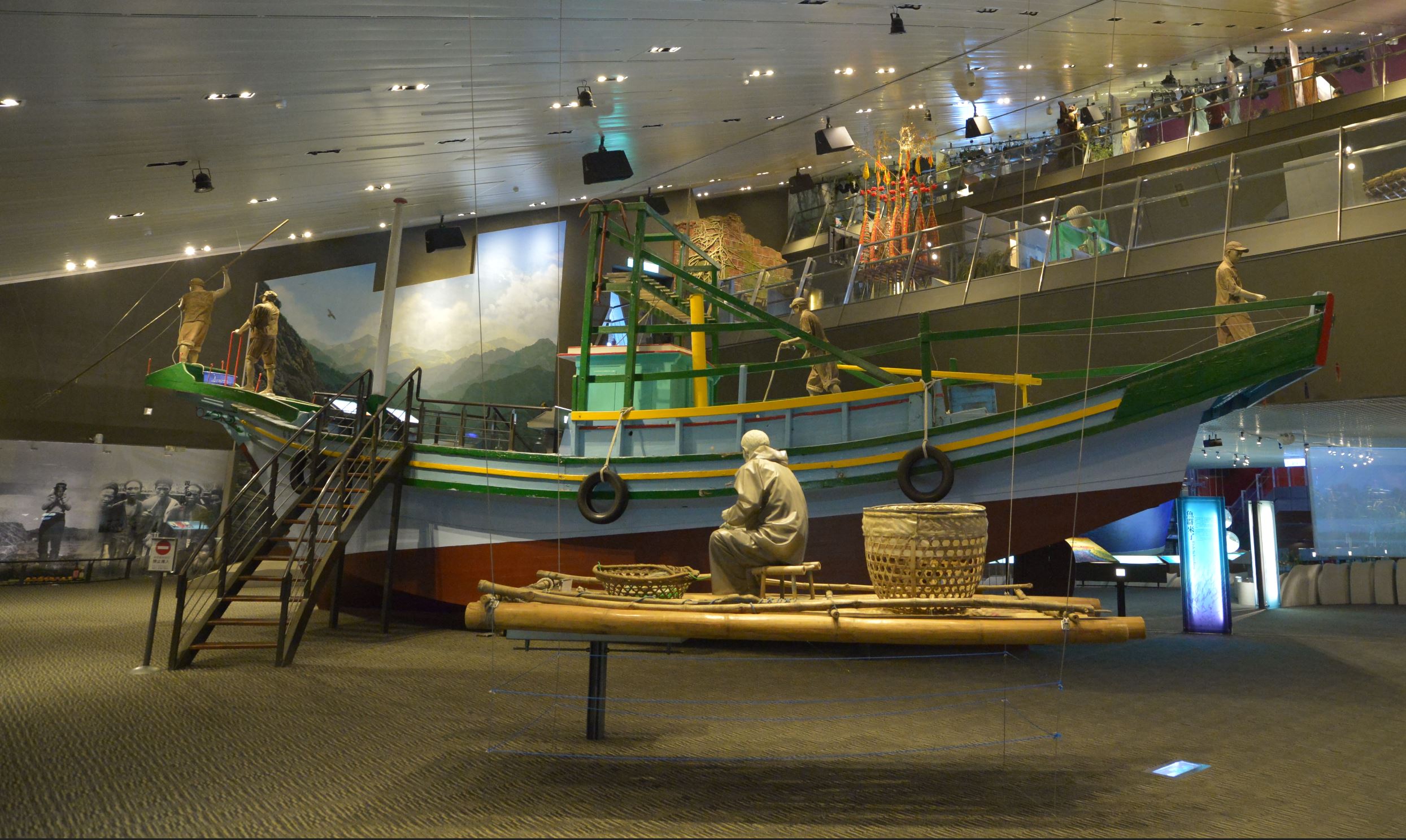
The Ocean
Lanyang Creek converges with the rivers of the plains, and flows into the sea, before joining with the Kuroshio Current north of the Equator. The exhibit follows the ebb and flows of the current, immersing visitors in the migrations of eelgrass seedlings and the swaying of the coral amidst the vibrations of a submarine volcano.
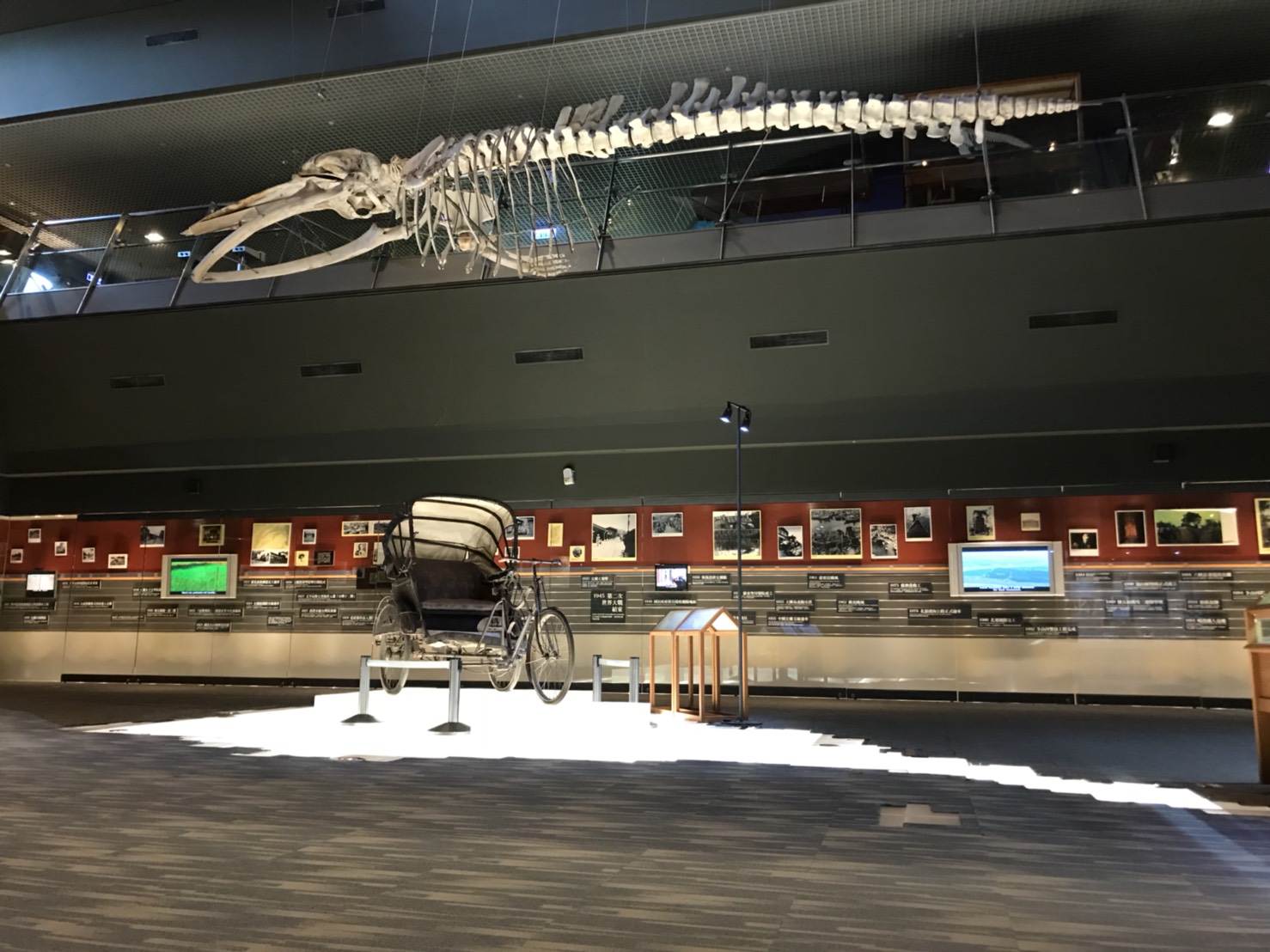
The Ocean
The walls on both sides give you a feel for the human development of Yilan. This collection of old photographs and cinematic records comes together to narrate the history of Yilan. The Exhibition of Shining Cultural Relics includes the Lanyang Museum Special Collection, the Lanyang Museum Creator’s Collection, and an exhibition related to environmental issues. The story behind each relic allows visitors to better understand Yilan’s cultural diversity.
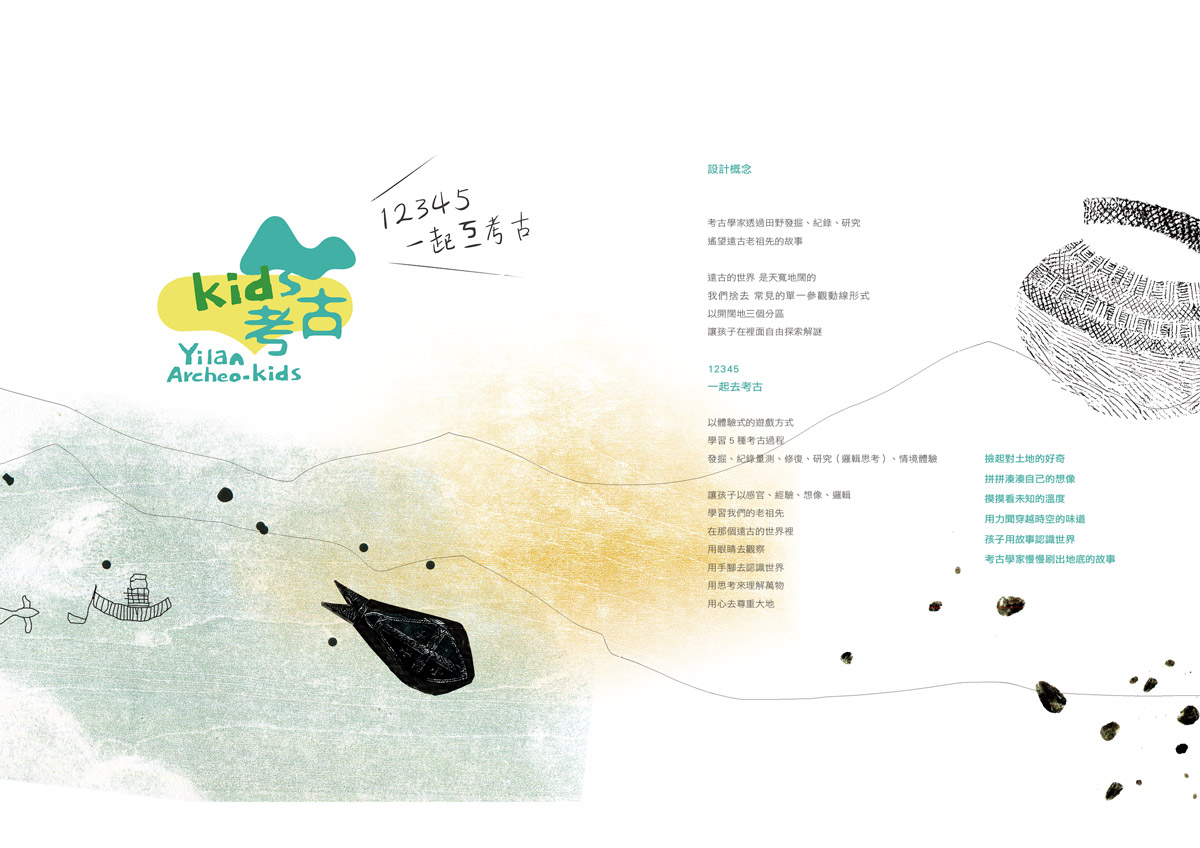
Archaeological Kid’s Land
Hundreds and thousands of years ago, who worked on this land? Without convenient modern technology, how do people build houses and make appliances? In the prehistoric era without convenient transportation, how to communicate with people in different regions? Time has sealed all these prehistoric stories in the earth, layered on top of each other like book pages, recorded on a stone tool, carved in a pottery slab, condensed in a shell. The archaeologists are like detectives, able to unearth pieces of time capsule from the ground, peel off the cocoon, research and piece together into the rich and far-reaching prehistoric stories. Follow us as a little archaeological explorer, to explore and decipher the life stories of prehistoric people in Yilan!
"Archaeological Kids Land" has 5 units: "Introduction Hall", "Excavation Site", "Archaeological Studio", "Barrel House", and "Home on the Archaeological Sites". The exhibition room contains with the relics, models, pictures, videos, and immerging settings, etc., with a concept to introduce the archaeologists’ works: excavating, recording, and researching on the sites, through which to imagine the stories of our ancestors. In the Kids Land, you can explore freely while learning with 6 senses, experience, imagination, and logic deduction through different games. We invite you to learn from our witted ancestors, to observe our land with eyes, to know this world with hands and feet, to understand everything through thinking, and to respect the earth with hearts.


